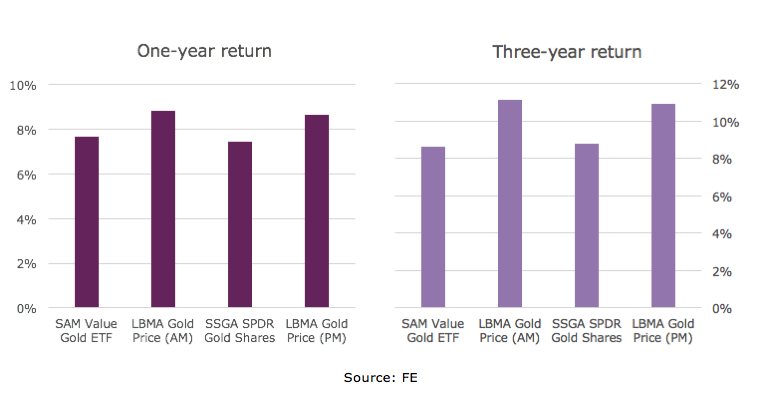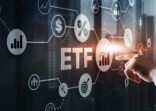The FSA Spy market buzz – 6 June 2025
Animal spirits run wild; Franklin Templeton is taking credit; EM banking revolution; Not all luxury is equal; Death of search and the AI machine; George Soros on wins and much more.

As the two funds track the same benchmark, there is only a small difference in return. Over the past three years, the SPDR fund delivered 8.8% while the Value fund returned 8.63%.
A metric for ETFs is the tracking difference, which indicates the discrepancy between ETF performance and the index return by measuring the difference of change in net asset value of the ETF and benchmark.
The closer the value of the tracking difference is to zero, the better the ETF is in tracking the index.
In the past five years, the Value ETF tracked the benchmark more consistently and closely than SPDR.
Since the tracking difference is rarely nil, both funds are within an acceptable level. However, Ng said an ETF with a consistent tracking difference could be an advantage for investors.
| SPDR Gold Shares | Value Gold ETF | |
| 2017 | -1.25% |
-0.48% |
|
2016 |
0.56% | -0.53% |
| 2015 | 0.33% |
-0.40% |
|
2014 |
-0.71% | -0.39% |
| 2013 | -0.76% |
-0.33% |
Another metric for ETFs is tracking error, which indicates the volatility in the difference of performance between the fund and its benchmark.
In terms of tracking error, Value’s fund was 11.43, which is slightly higher than SPDR’s 10.06 over the past three years, according to FE.
Because of the secondary market function, the funds can be traded at discount or premium to the net asset value of gold. As of mid-February, Value’s fund trades at a premium of 0.56% while SPDR trades at a 0.05% premium.
“Secondary market movement would normally impact the trading price. However, even the premium of both funds is contained at a small percentage,” Ng said.
 M&G Episode Macro shines after tough year
M&G Episode Macro shines after tough year
 Federated Hermes SDG Engagement Equity: 2021 H1 Report
Federated Hermes SDG Engagement Equity: 2021 H1 Report
 Nuveen broadens income sources via private capital and real assets
Nuveen broadens income sources via private capital and real assets
 Conditions in the high yield market
Conditions in the high yield market
 Taking a thematic approach to harness disruption
Taking a thematic approach to harness disruption
 Market volatility is creating enticing opportunities for value investors
Market volatility is creating enticing opportunities for value investors
 China bonds: plugging the yield gap
China bonds: plugging the yield gap
 Don’t get left behind in fixed income
Don’t get left behind in fixed income
 Appetite for thematic investments grows amid rates and inflation concerns
Appetite for thematic investments grows amid rates and inflation concerns
 Sustainable Investing in Changing Market Conditions
Sustainable Investing in Changing Market Conditions

Animal spirits run wild; Franklin Templeton is taking credit; EM banking revolution; Not all luxury is equal; Death of search and the AI machine; George Soros on wins and much more.
Part of the Mark Allen Group.
